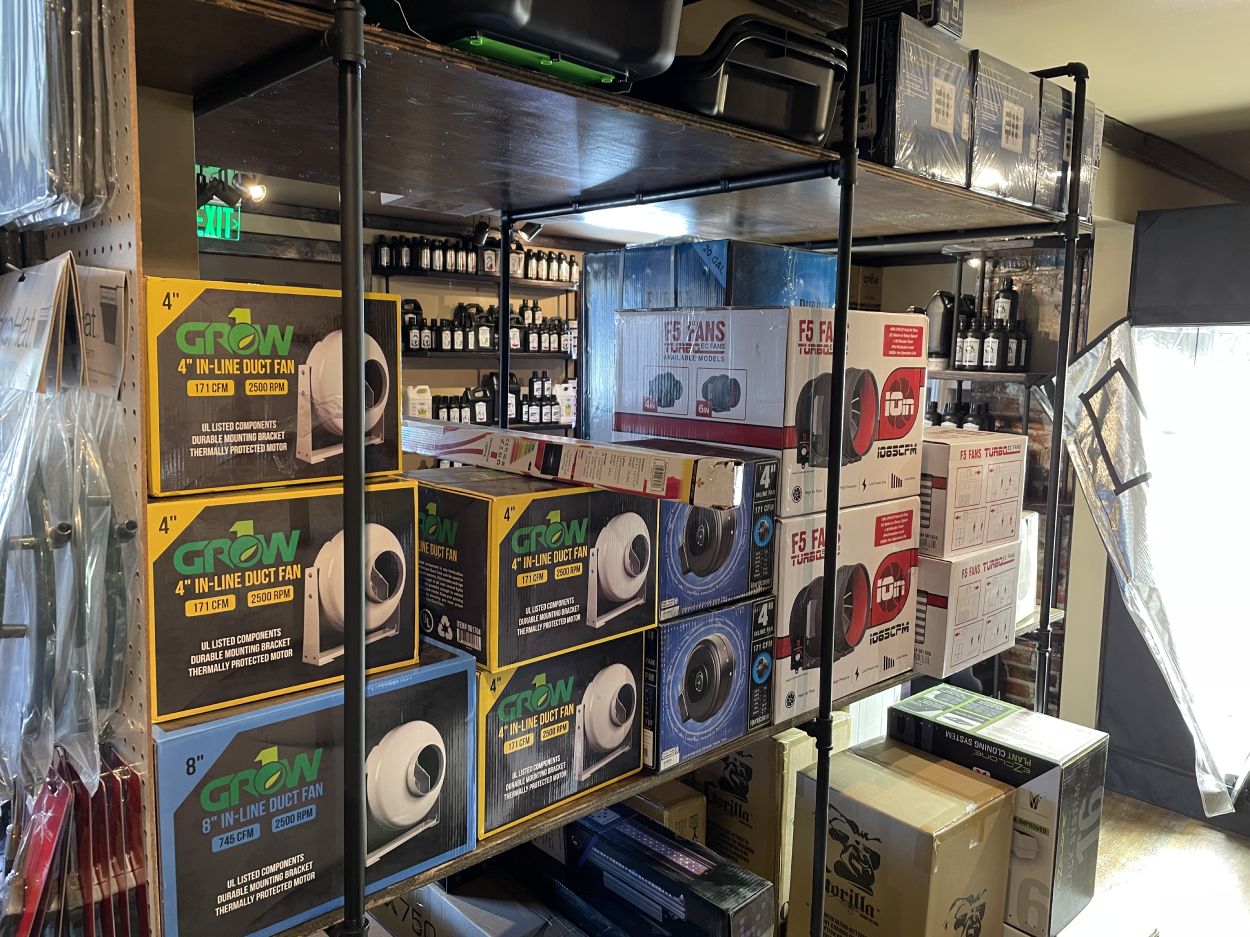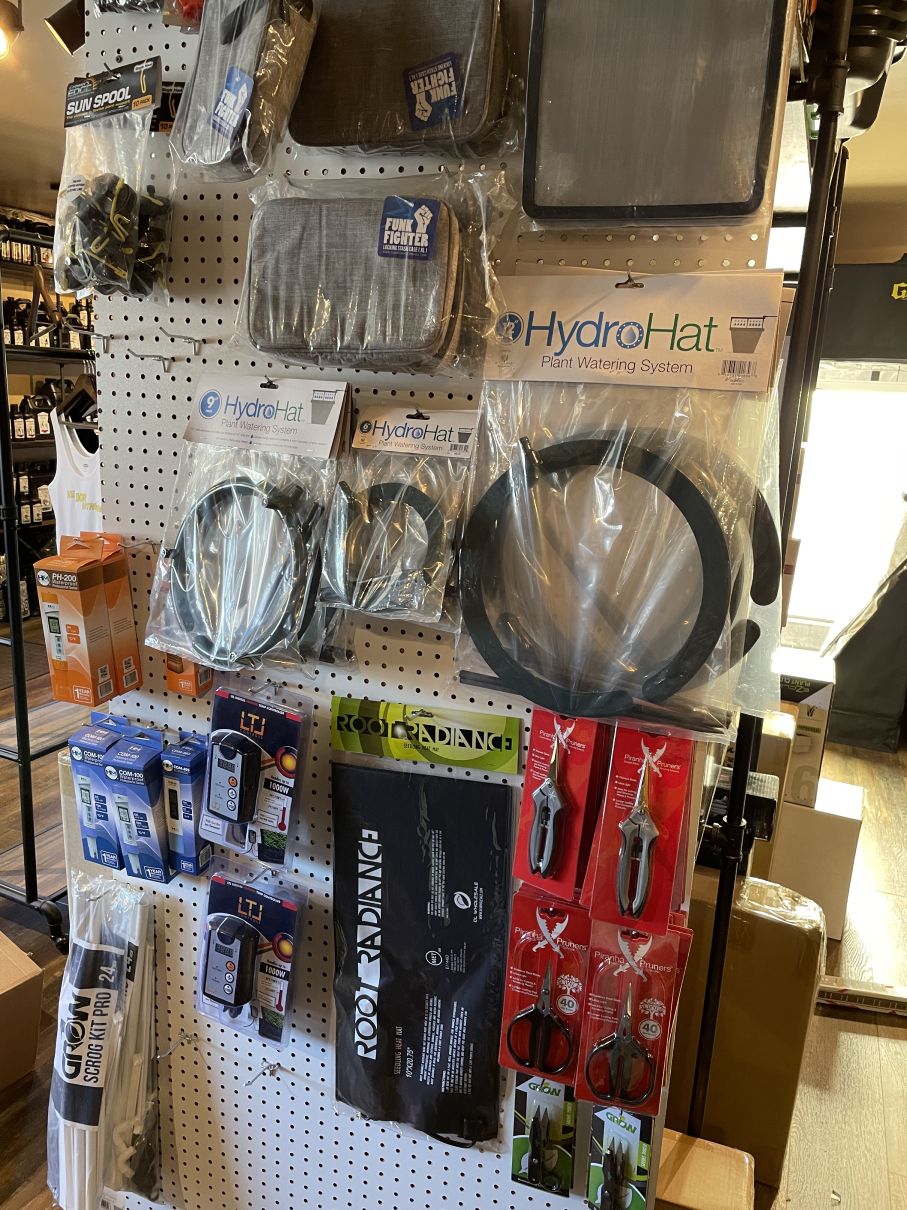The Ultimate Guide to Hydroponic Equipments and Techniques
On the planet of contemporary farming, hydroponic systems have emerged as a groundbreaking method for cultivating plants without soil. The careful balance of water, nutrients, and light in hydroponic arrangements provides a promising choice to traditional farming methods. As we uncover the details of hydroponics in this detailed overview, we will browse via the numerous types of systems, check out the important nutrients important for plant development, and look into innovative techniques that can substantially improve yields. However what takes place when common issues occur in hydroponic systems? Remain tuned to unwind the troubleshooting approaches that can make or break a successful harvest.
Benefits of Hydroponic Systems
Hydroponic systems supply a plethora of benefits, including reliable resource usage and accurate nutrient shipment to plants. By providing a regulated atmosphere for plant development, hydroponic systems make it possible for optimum water and nutrient usage, resulting in greater yields contrasted to standard soil-based growing. This efficiency not just saves resources but also lowers waste, making hydroponic systems environmentally friendly.
Moreover, the accurate distribution of nutrients in hydroponic systems permits for personalization based on the certain requirements of each plant range. This targeted approach ensures that plants obtain the appropriate balance of necessary nutrients, advertising healthier growth and lessening the danger of nutrient shortages or inequalities. Additionally, the capability to change and keep an eye on nutrient degrees in real-time maximizes plant performance and general plant quality.
In addition, hydroponic systems get rid of the requirement for herbicides and chemicals, as the closed-loop system decreases the risk of pests and diseases that are typically located in soil-based agriculture - The Indoor Earthworm. This not only profits the plants and the setting yet additionally contributes to generating cleaner, healthier crops for consumption
Kinds of Hydroponic Setups

Deep Water Society (DWC) includes suspending plant origins in a nutrient solution, enabling for sufficient oxygenation. Nutrient Film Technique (NFT) utilizes a superficial stream of nutrient option streaming over the plant origins, giving a continuous supply of nutrients. Ups and downs systems flooding the plant roots at intervals, ensuring they obtain nutrients and oxygen. Trickle systems entail dripping a nutrient solution onto the plant roots, using exact control over feeding. Aeroponics mists the plant roots with a nutrient option, maximizing oxygen absorption.
Each sort of hydroponic arrangement has its benefits and is matched to various plant ranges and growth stages. Comprehending the distinct attributes of these systems can assist hydroponic growers pick the most ideal configuration for their specific requirements and choices.
Necessary Nutrients for Hydroponics
In hydroponic systems, plants count on a specific equilibrium of important nutrients to prosper and grow efficiently. These important nutrients are crucial for various plant functions such as photosynthesis, root growth, and total growth. The primary macronutrients needed by plants in hydroponic systems are nitrogen, potassium, and phosphorus. Nitrogen is crucial for leafed environment-friendly growth, phosphorus help in origin advancement and flower/fruit production, while potassium aids in general plant health and illness resistance.
In addition to macronutrients, plants additionally need secondary nutrients like calcium, sulfur, and magnesium, along with micronutrients such as iron, copper, zinc, and manganese (The Indoor Earthworm). These nutrients are crucial for ensuring that plants have all the essential foundation to perform necessary biological procedures

Advanced Strategies for Maximum Return
To achieve ideal yields in hydroponic systems, farmers can execute innovative strategies that enhance plant growth and efficiency. One such strategy is making use of supplemental lighting. By offering fabricated lights such as LED or high-pressure salt lights, farmers can expand the number of light hours plants get every day, advertising faster growth and increased yields. Another innovative method is the execution of CO2 supplementation. Enhancing the levels of carbon dioxide in the growing atmosphere can boost photosynthesis and boost plant development substantially. Additionally, using methods like plant training and pruning can aid enhance light distribution and air movement, making certain that all components of the plant receive sufficient light and nutrients. Moreover, utilizing automated systems for nutrient distribution and monitoring can help keep optimum nutrient levels, minimizing the risk of shortages or inequalities that can prevent plant growth. By including these sophisticated techniques right into their hydroponic systems, growers can make best use of yields and achieve abundant harvests.
Troubleshooting Common Hydroponic Issues
When confronted with difficulties in hydroponic systems, farmers commonly come across common concerns that can hinder plant growth and productivity. One prevalent issue is nutrient deficiencies, where plants lack important aspects for healthy growth. To fight this, regular monitoring of nutrient degrees and changing the nutrient service as necessary is vital. One more typical concern is pH imbalance, which can cause nutrition lockout and inadequate absorption. Keeping the proper pH range specific to the plant being grown is vital for optimum nutrient uptake. Additionally, poor oxygen degrees in the root area can lead to sites root rot and discover this stunted growth. Making sure correct oygenation and oxygenation of the nutrient option can help stop this issue. Insect problems, such as aphids or crawler termites, can likewise pester hydroponic systems. Carrying out integrated bug management techniques and routinely checking plants can assist regulate and stop problems. By without delay determining and resolving these typical hydroponic problems, farmers can preserve healthy and balanced plants and optimize returns in their hydroponic systems.
Verdict
In verdict, hydroponic systems supply many advantages for growing plants effectively. With cautious preparation and attention to information, hydroponic systems can reinvent the way plants are grown, leading to more effective and lasting agricultural techniques.
By giving a controlled atmosphere for plant growth, hydroponic systems make it possible for optimum water and nutrient use, leading to greater yields contrasted to standard soil-based farming. The Indoor Earthworm. Nutrient Film Technique (NFT) uses a shallow stream of nutrient option flowing over the plant roots, supplying a continuous supply of nutrients. Monitoring and changing nutrient levels based on plant growth stages is vital to preventing nutrition shortages or toxicities and taking full advantage of plant efficiency in hydroponic systems
Additionally, using strategies like plant training and trimming can assist enhance light distribution and air flow, making sure that all components of the plant get sufficient light and nutrients. Utilizing automated systems for nutrient shipment and tracking can help maintain optimal nutrient levels, lowering the risk of deficiencies or resource inequalities that can prevent plant development.
Comments on “The Indoor Earthworm: The Role of Earthworms in Indoor Horticulture”